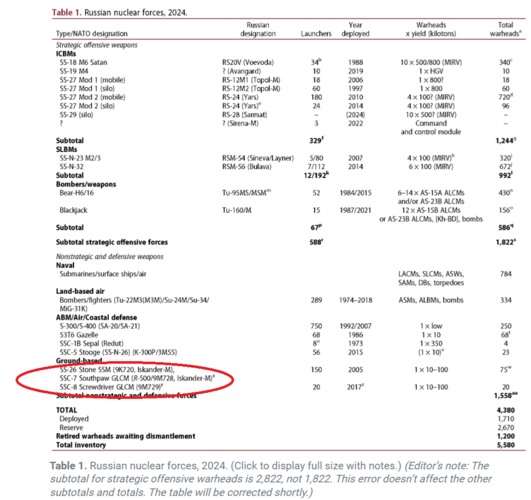Forest Green
ACCESS: Above Top Secret
- Joined
- 11 June 2019
- Messages
- 9,476
- Reaction score
- 17,286
Should do, length is less than an AMRAAM. I think width-wise the B's bay is the same as A and C, it's just shorter.Would a B61 fit in the weapons bay of an F-35B?















